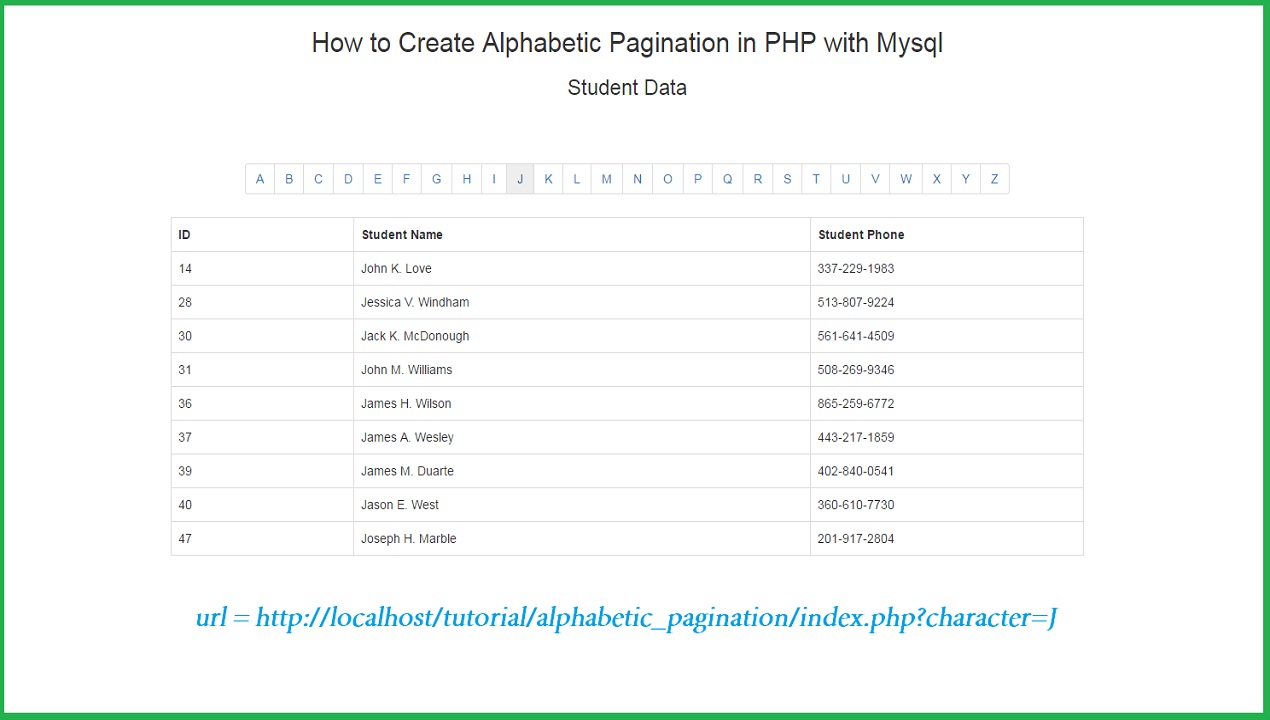

- EXPLAIN ALPHABETIC INDEX AND TABULAR LIST QUIZLET HOW TO
- EXPLAIN ALPHABETIC INDEX AND TABULAR LIST QUIZLET UPDATE
- EXPLAIN ALPHABETIC INDEX AND TABULAR LIST QUIZLET CODE
Multiple codes may be needed for sequela, complication codes and obstetric codes to more fully describe a condition.

EXPLAIN ALPHABETIC INDEX AND TABULAR LIST QUIZLET CODE
If a causal condition is known, then the code for that condition should be sequenced as the principal or first-listed diagnosis. “Code, if applicable, any causal condition first”, notes indicate that this code may be assigned as a principal diagnosis when the causal condition is unknown or not applicable. When there is a “code first” note and an underlying condition is present, the underlying condition should be sequenced first. “Code first” notes are also under certain codes that are not specifically manifestation codes but may be due to an underlying cause. A “use additional code” note will normally be found at the infectious disease code, indicating a need for the organism code to be added as a secondary code. The sequencing rule is the same as the etiology/manifestation pair, “use additional code” indicates that a secondary code should be added.įor example, for bacterial infections that are not included in chapter 1, a secondary code from category B95, Streptococcus, Staphylococcus, and Enterococcus, as the cause of diseases classified elsewhere, or B96, Other bacterial agents as the cause of diseases classified elsewhere, may be required to identify the bacterial organism causing the infection. “Use additional code” notes are found in the Tabular List at codes that are not part of an etiology/manifestation pair where a secondary code is useful to fully describe a condition. In addition to the etiology/manifestation convention that requires two codes to fully describe a single condition that affects multiple body systems, there are other single conditions that also require more than one code.
EXPLAIN ALPHABETIC INDEX AND TABULAR LIST QUIZLET HOW TO
How to Use This Product How to Use This Product

Post-COVID-19 related conditions are also occurring as a result of the pandemic. A national emergency was declared in the U.S. In March 2020 the Novel Coronavirus Disease, COVID-19, was declared a pandemic by the World Health Organization. F02.B11, dementia in other diseases classified elsewhere, moderate, with agitation.F02.A11, dementia in other diseases classified elsewhere, mild, with agitation.F02.811, dementia in other diseases classified elsewhere, unspecified severity, with agitation.Eighty-three new codes were added to Chapter 5 (Mental, Behavioral and Neurodevelopmental disorders ) of ICD-10-CM, including 69 new codes for dementia with and without psychological symptoms.
EXPLAIN ALPHABETIC INDEX AND TABULAR LIST QUIZLET UPDATE
The 2023 ICD-10-CM update includes 1,176 new, 28 revised, and 287 deleted codes to be used for patient encounters and discharges occurring from Octothrough September 30, 2023. What’s New: Dementia, COVID-19 and Beyond If there are fewer than 6 characters in the code the placeholder character "X" is used to ensure that the seventh character is always in the seventh position.Įxample: "S03.4xxA - Sprain of jaw, initial encounter"Ĭommon Abbreviations Common Abbreviations Extension: a 7th character is required in certain sections to encode characteristics of the patient encounter.Etiology, Anatomic Site, Severity: the 4th–6th character correspond to etiology, anatomic site, severity, or other clinical details.Įxample: "A00.0 - Cholera due to Vibrio cholerae 01, biovar cholerae".Category: the first 3 characters of an ICD-10-CM code designate the diagnosis category.Section: chapters are divided into Sections corresponding to logical grouping of diseases.Įxample: "Intestinal infectious diseases (A00-A09)".Chapter: ICD-10-CM is organized into 22 chapters based on anatomic or etiologic groupings.Įxample: "Chapter 1 - Certain infectious and parasitic diseases (A00-B99)".Decimal: placed after the 3rd character.1st character: always alpha (all letters except "U").


 0 kommentar(er)
0 kommentar(er)
